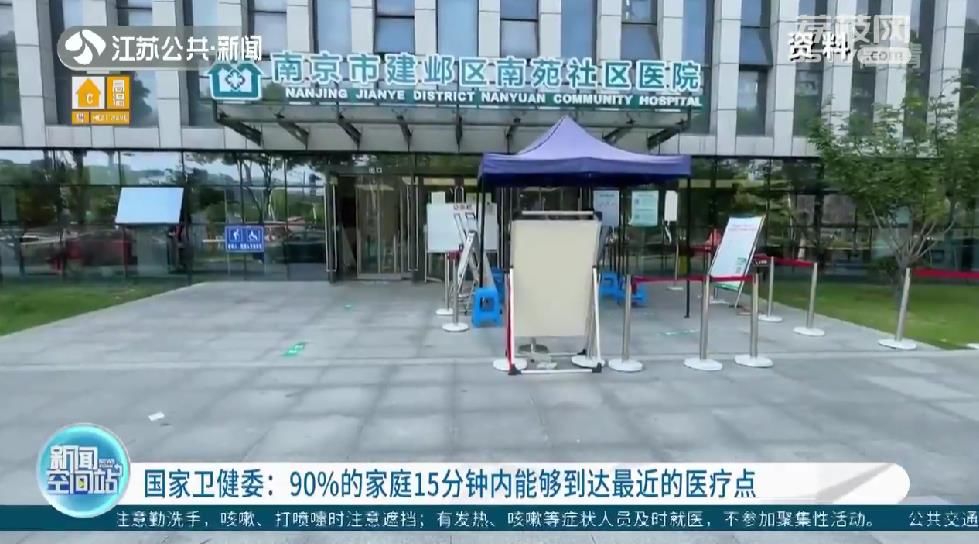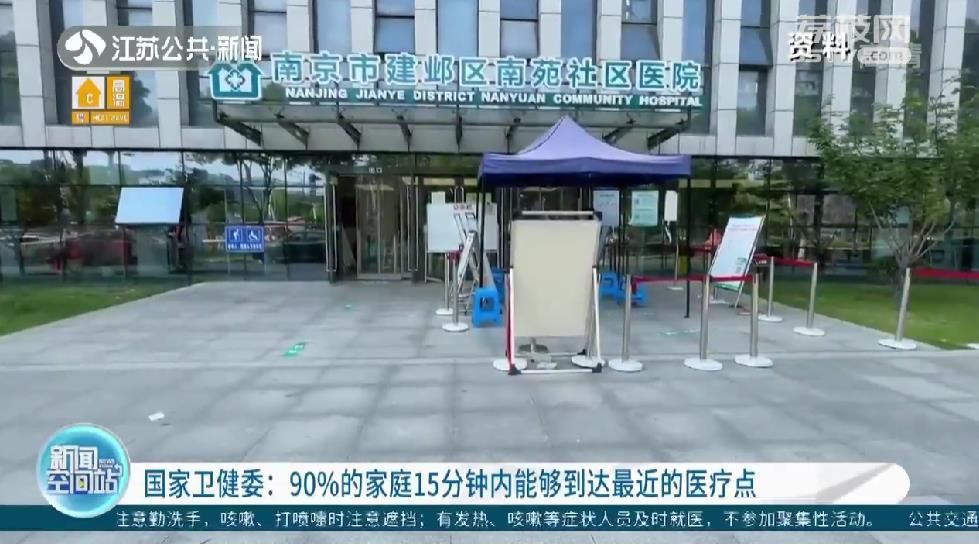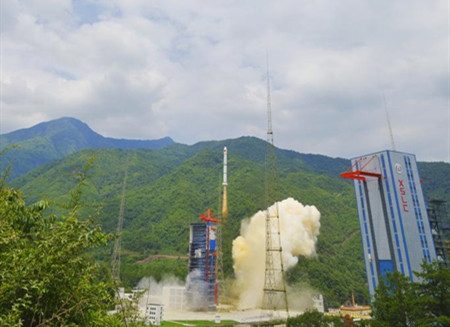Since the 18th National Congress of the Communist Party of China, the National Health Commission and relevant departments have increased investment in grassroots funds, innovated grassroots service models, and continued to improve grassroots disease prevention, treatment and health management capabilities, and achieved positive progress and results, according to a press conference held by the National Health Commission on Thursday.
By the end of 2021, China had established nearly 980 thousand grass-roots medical and health institutions of various types that employ more than 4.4 million health personnel at the sub-district, communities, towns, and rural areas.

According to the sixth statistical survey of health services, 90% of the households can reach the nearest medical point within 15 minutes.
Primary medical institutions provide 12 types of services by providing more than 1 billion health management services to key groups such as hypertension, diabetes, tuberculosis patients, children aged 0-6, pregnant women, and elderly people aged 65 and over.
China has also promoted the establishment of 320 thousand village public health committees to consolidate the foundation for community prevention and control of the COVID-19 epidemic.
By the end of 2021, China has provided family doctor contract services in all prefecture-level cities and counties by establishing more than 420 thousand family doctor teams to provide medical and health services including long-term prescriptions and door-to-door services for contracted residents, especially chronically ill patients, the elderly and other key groups.






